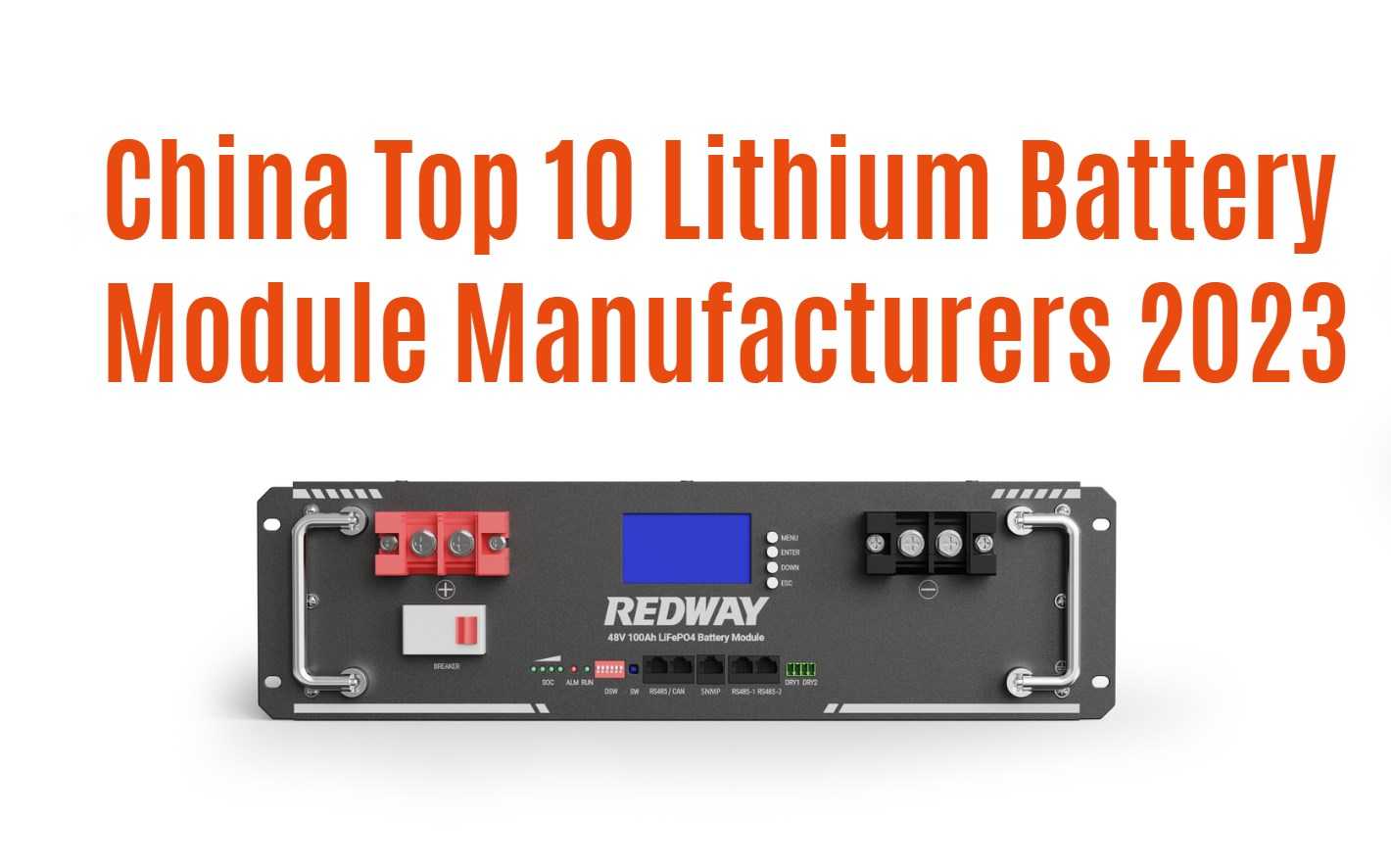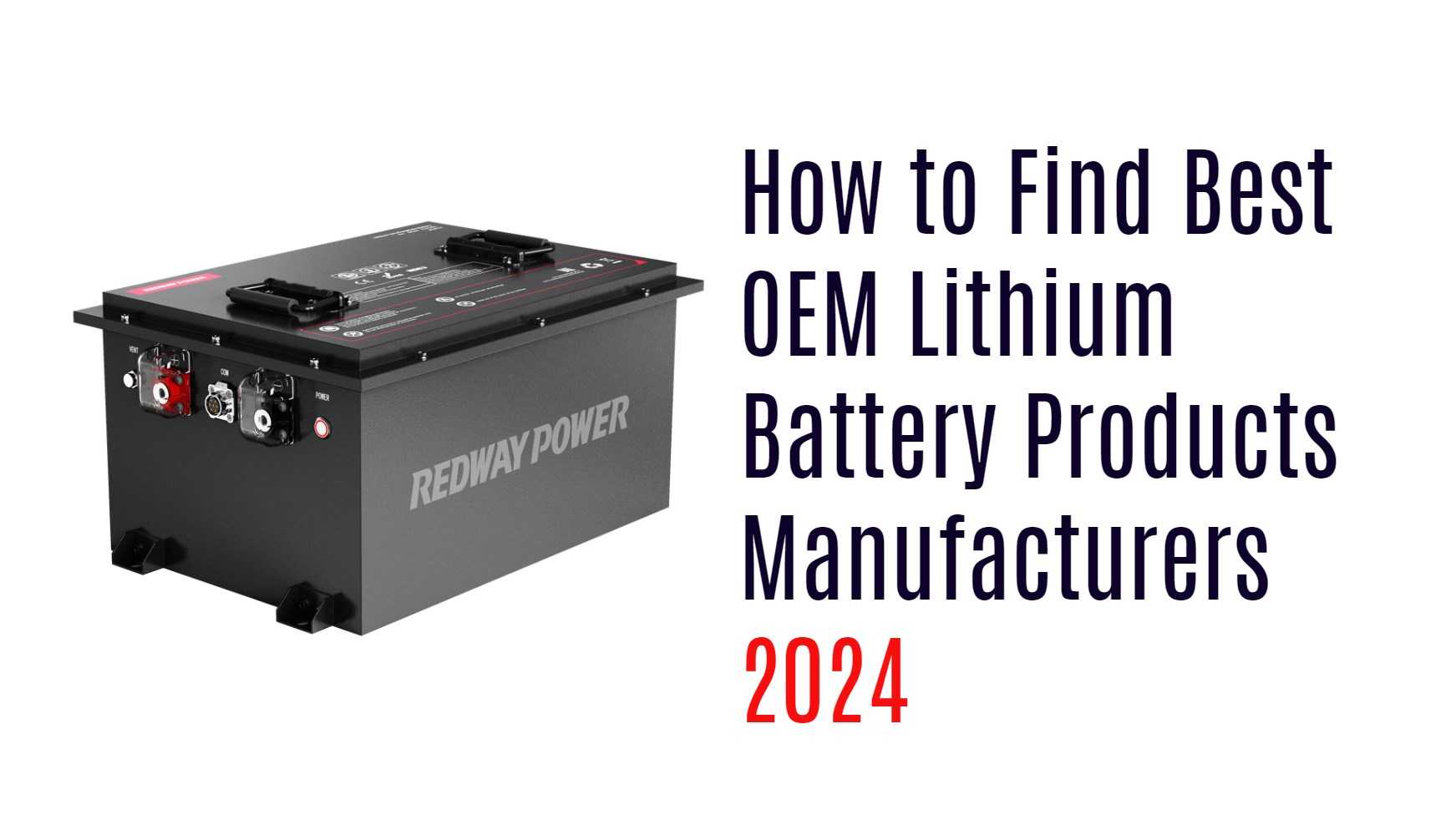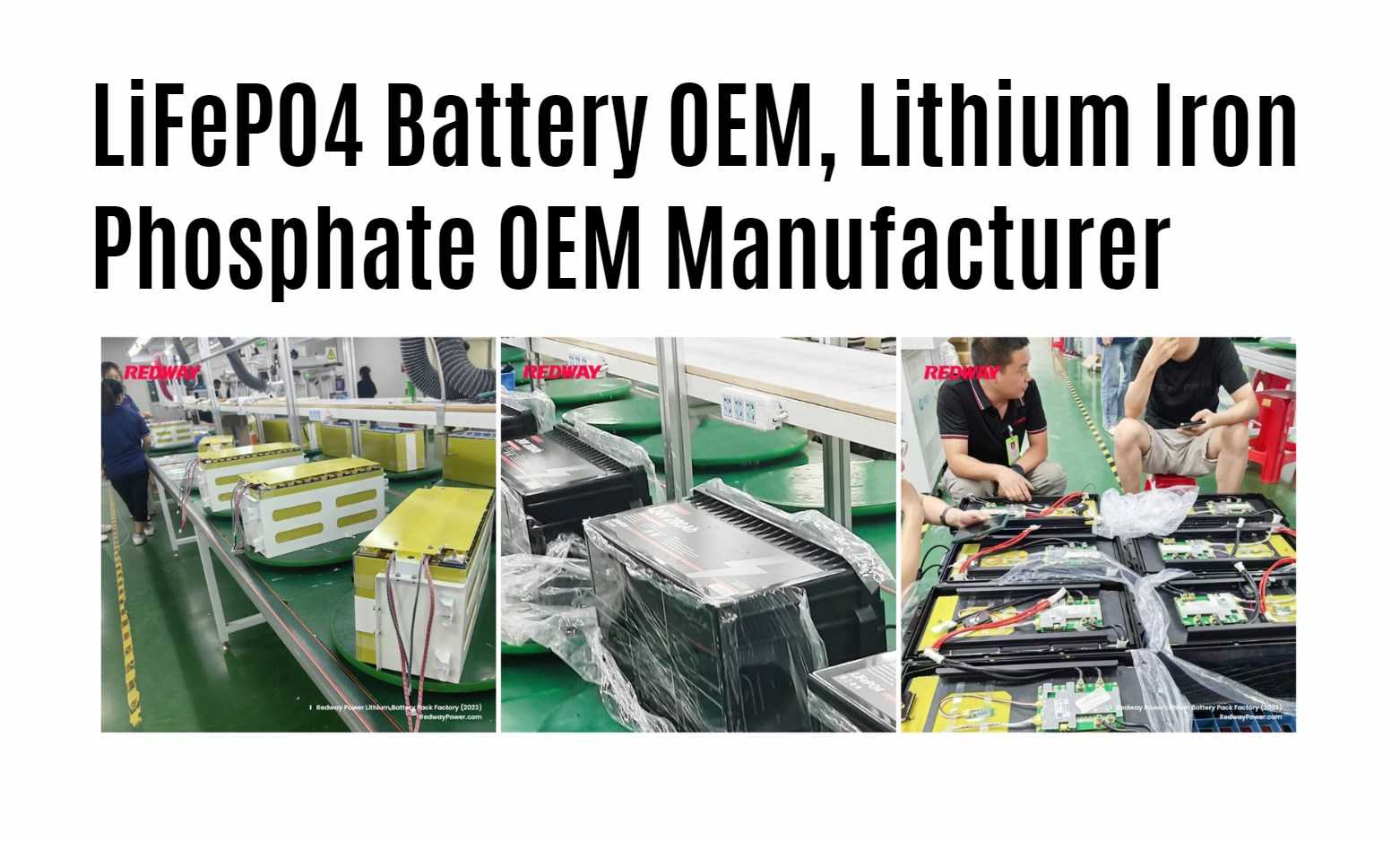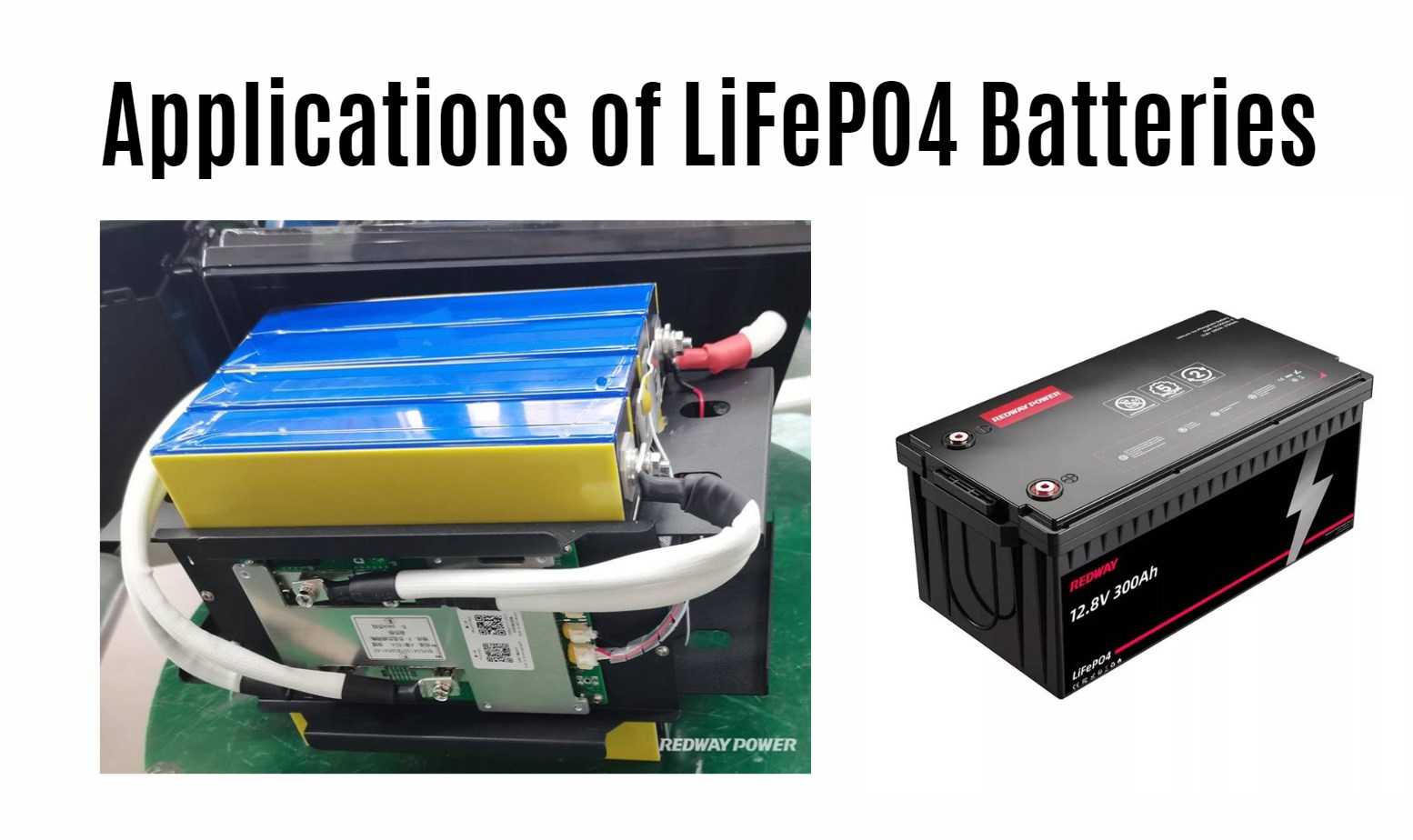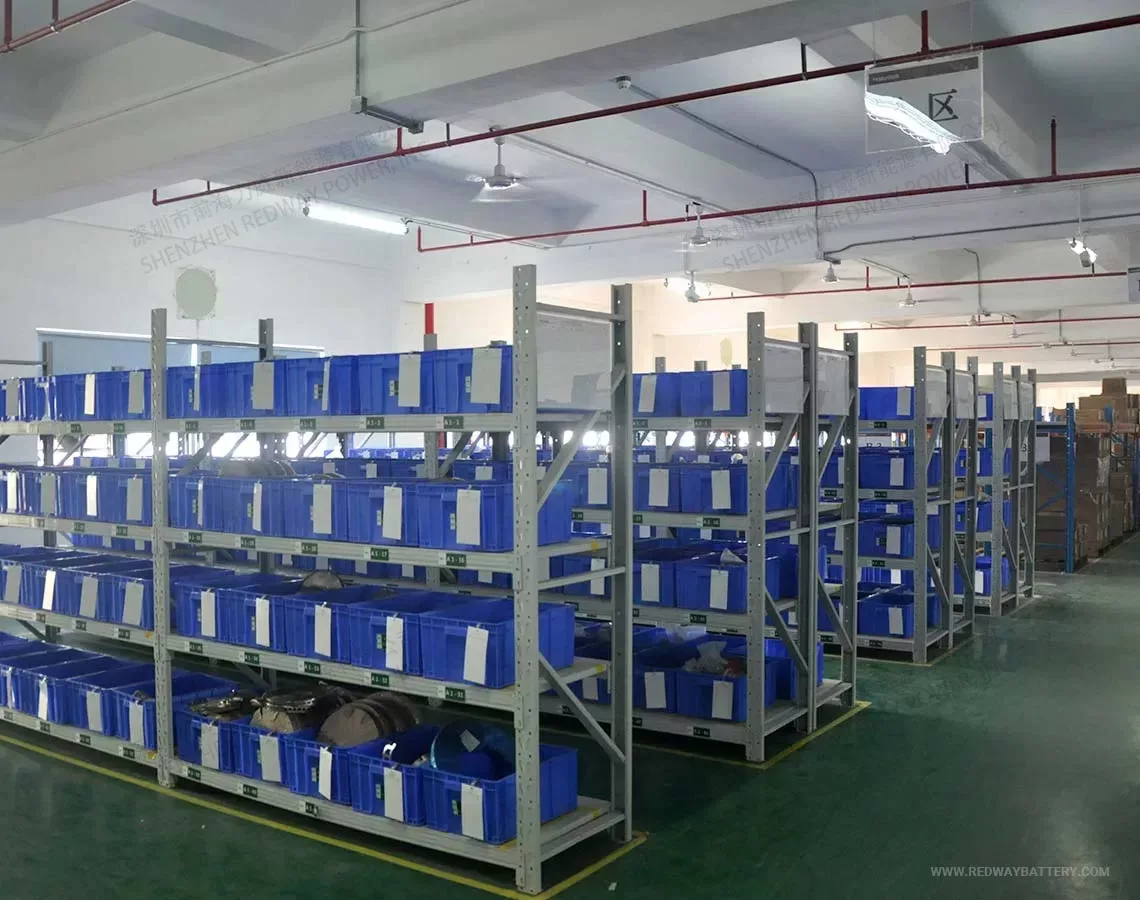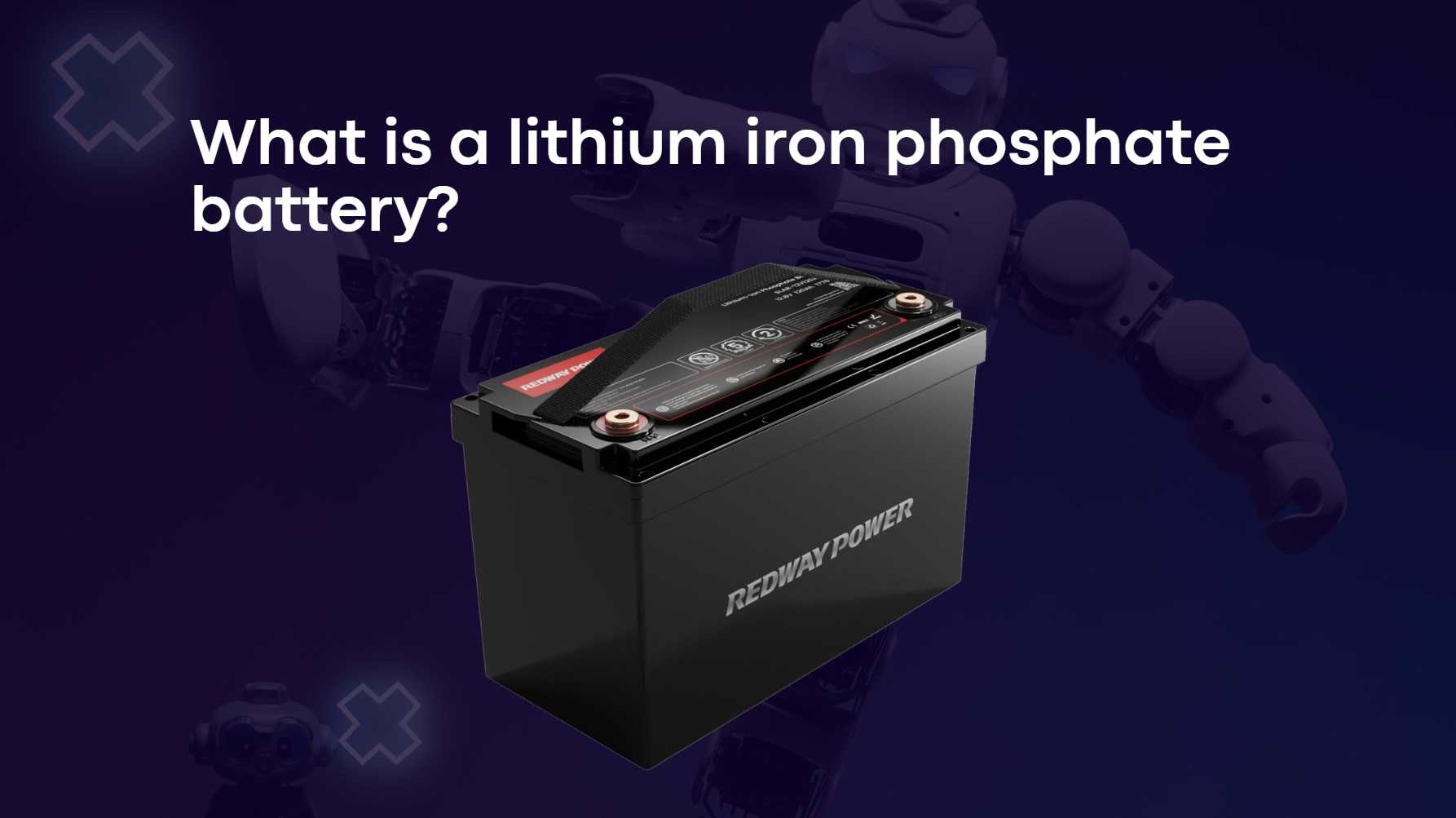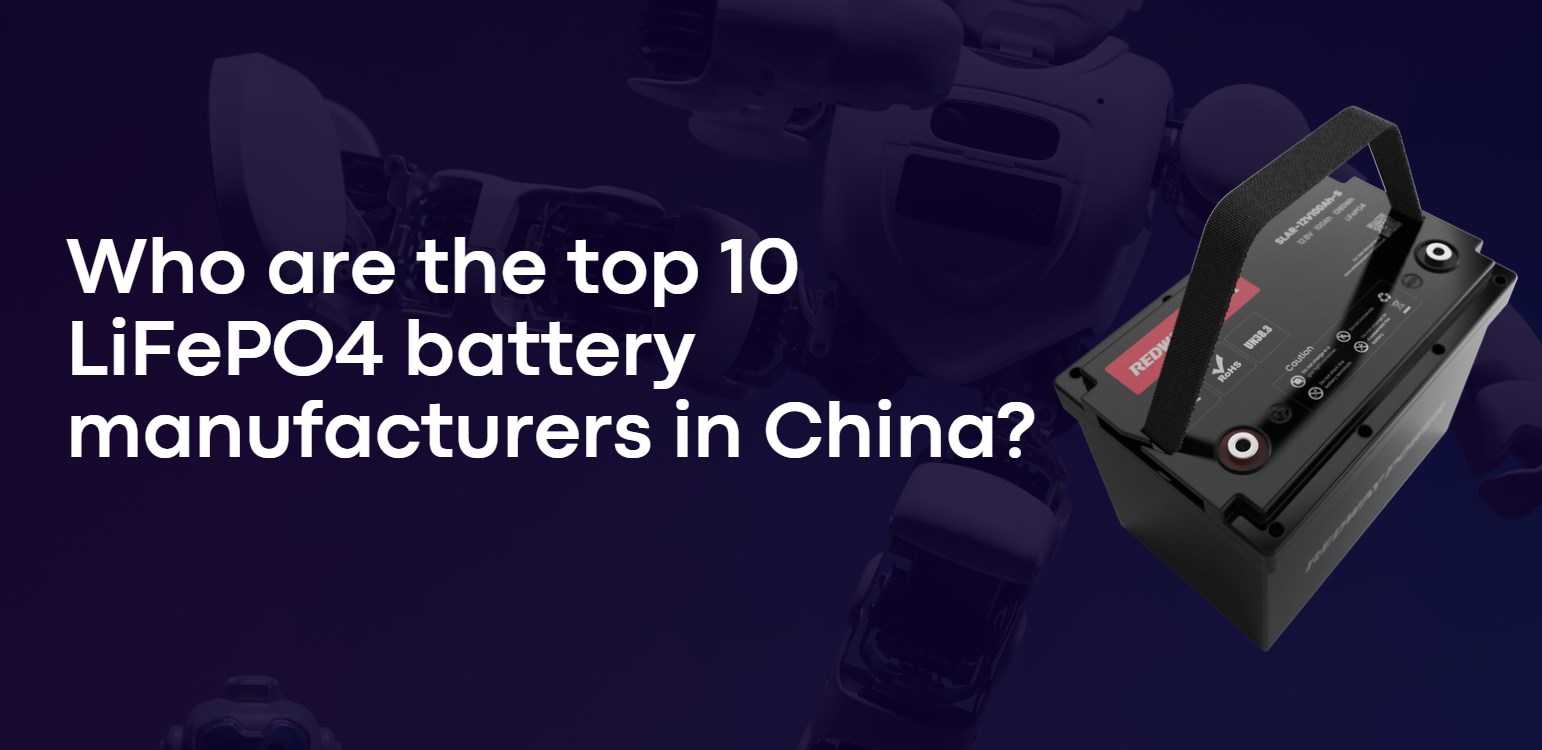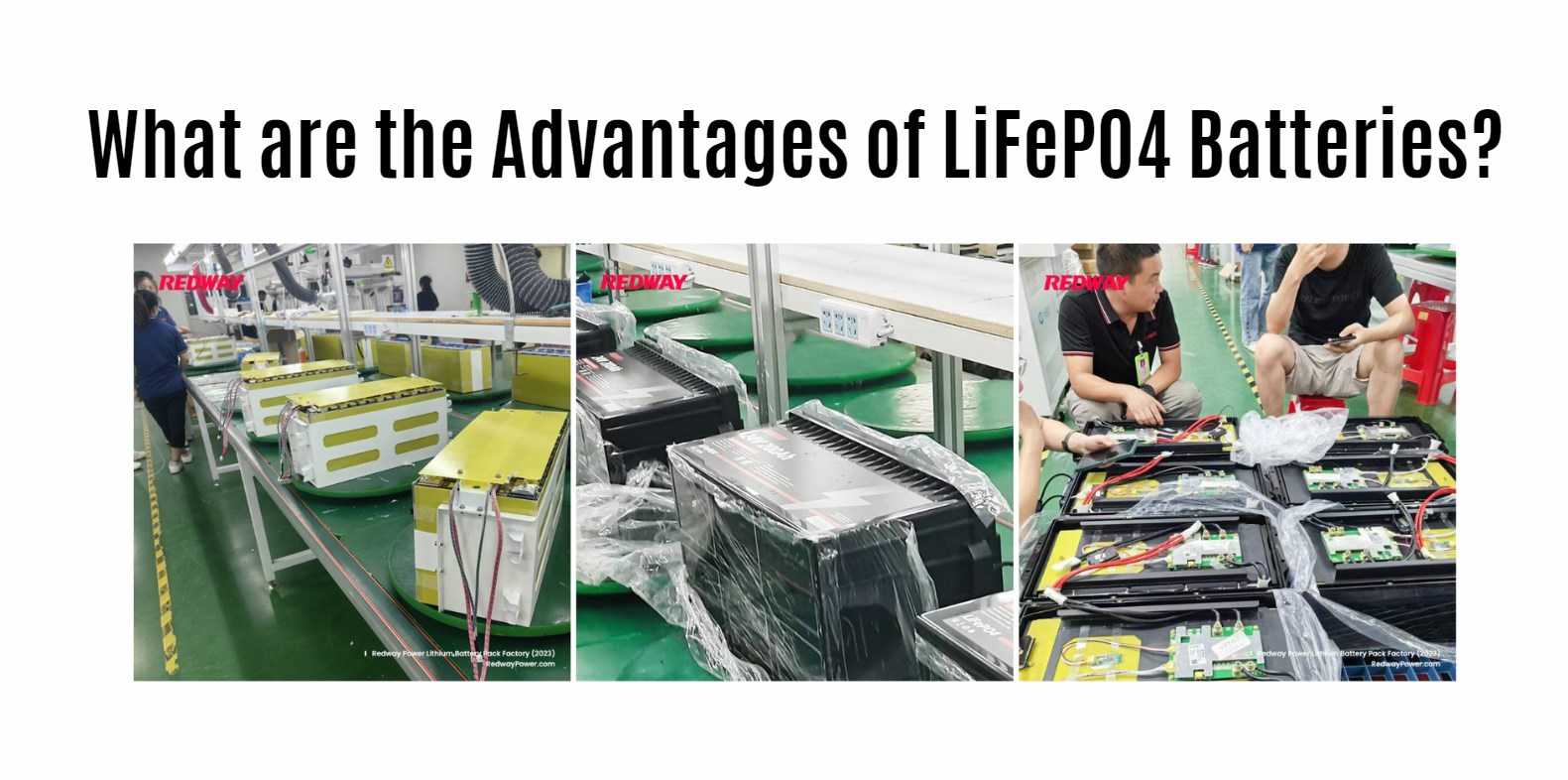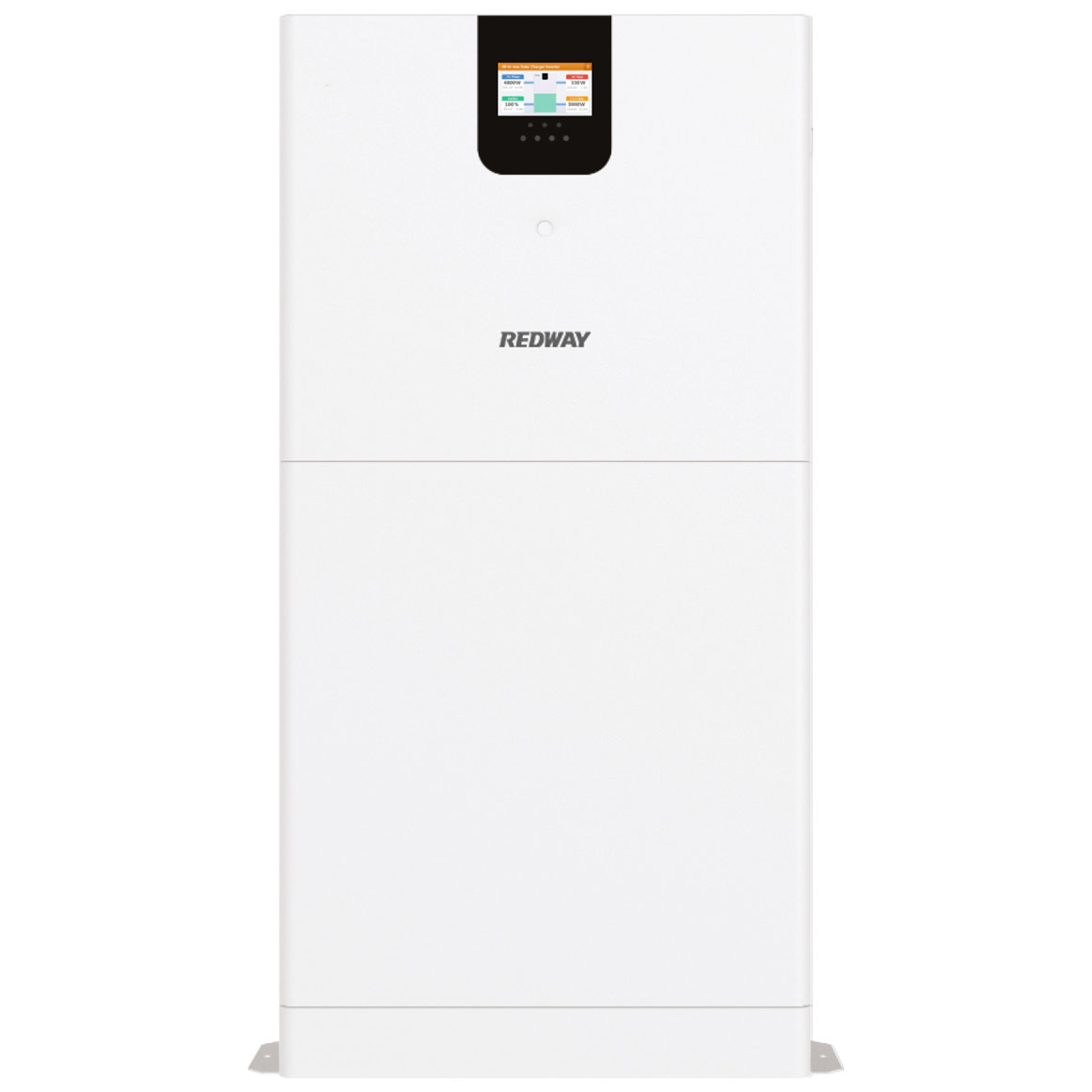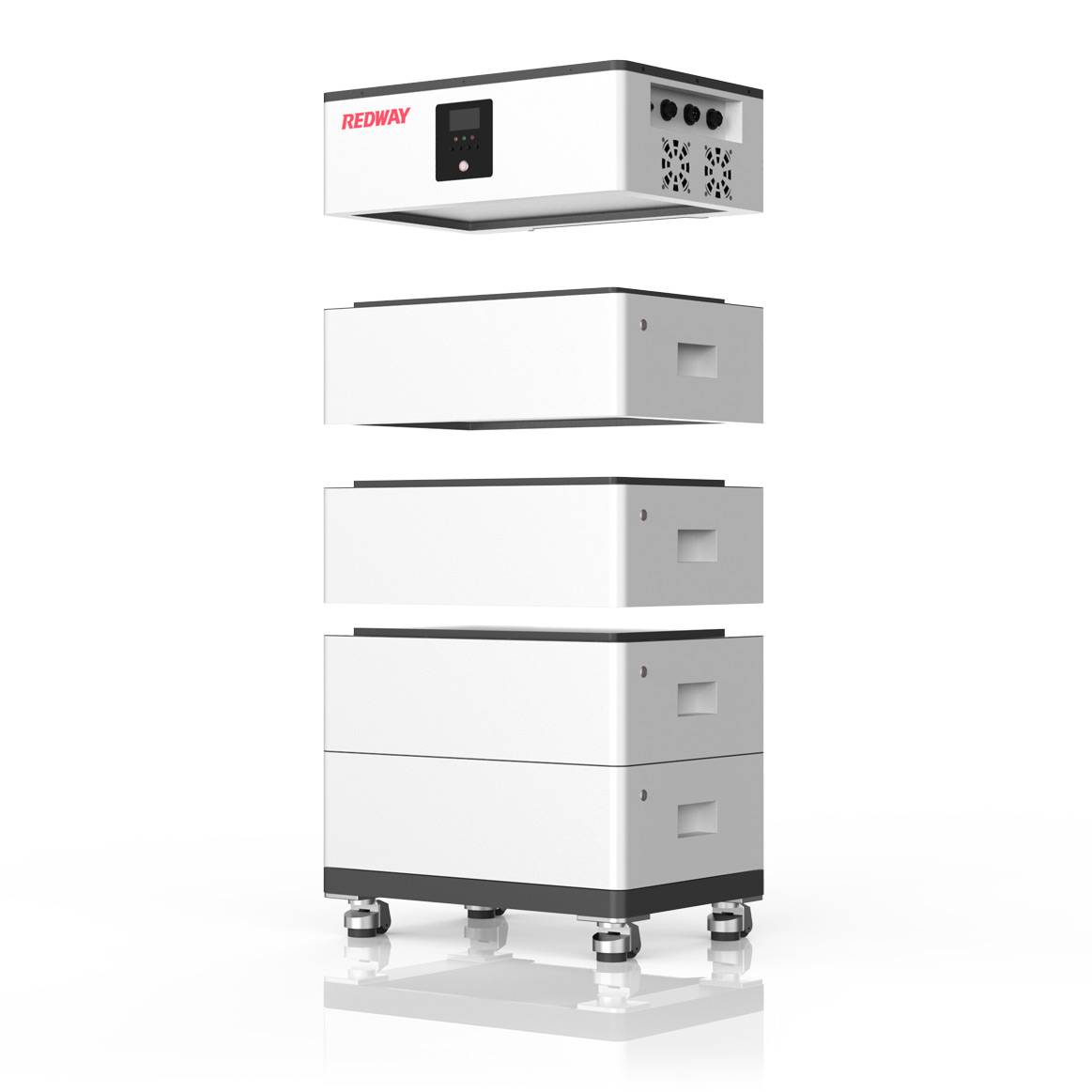Top Lithium Battery Module Manufacturers in China: Leading the Future of Energy Solutions
In the realm of cutting-edge energy solutions, China emerges as a global pioneer, housing a cohort of trailblazing lithium battery module manufacturers. These companies are pivotal in driving innovations that power electric vehicles, energy storage systems, and sustainable power solutions worldwide. Here, we delve into the top 10 companies shaping the future of lithium battery technology in China, each contributing uniquely to the industry’s evolution.
1. CATL (Contemporary Amperex Technology Co. Limited)
Established in 2011 and headquartered in Ningde, Fujian, CATL stands as a preeminent global leader in lithium-ion batteries. Specializing in electric vehicles (EVs) and energy storage solutions, CATL’s commitment to innovation and quality has solidified its position at the forefront of the industry.
2. BYD (Build Your Dreams)
Founded in 1995 and based in Shenzhen, Guangdong, BYD is renowned for its comprehensive approach to sustainable technology. From electric vehicles to renewable energy solutions, BYD continues to innovate and expand its influence globally.
3. Redway Battery
Since its inception in 2012 in Dongguan, Guangdong, Redway Battery has carved out a niche in lithium battery research, development, and manufacturing. With a focus on delivering tailored solutions across diverse applications, Redway Battery exemplifies reliability and innovation in the market.
4. Lishen Battery
Established in 1997 and headquartered in Tianjin, Lishen Battery has established itself as a major player in the lithium-ion battery sector. Its contributions span across electric vehicles, power tools, and other critical industries, reflecting its robust technological prowess.
5. Wanxiang Group
With roots tracing back to 1969 in Hangzhou, Zhejiang, Wanxiang Group boasts a diversified presence in lithium battery manufacturing. Its extensive experience and commitment to technological advancement make it a key player in both EV and energy storage sectors.
6. TDK Corporation
Originally founded in 1935 and with a notable presence in China, TDK Corporation is a multinational electronics giant with significant involvement in the lithium battery market. Its diverse range of battery products underscores its role in advancing battery technology globally.
7. Sinowatt Technology Co. Ltd
Established in 2008 in Shenzhen, Guangdong, Sinowatt Technology specializes in lithium batteries for electric vehicles and energy storage solutions. Its focus on innovation and quality has positioned it prominently within the competitive landscape of battery manufacturers.
8. Guoxuan High-Tech
Founded in 2006 and headquartered in Hefei, Anhui, Guoxuan High-Tech is recognized for its cutting-edge lithium battery solutions for electric vehicles and energy storage systems. Its commitment to sustainable practices and technological excellence underscores its industry leadership.
9. EVE Energy Co. Ltd
Since its establishment in 2001 in Huizhou, Guangdong, EVE Energy has been at the forefront of developing lithium batteries for energy storage, electric vehicles, and consumer electronics. Its comprehensive product portfolio and focus on quality have garnered global acclaim.
10. Farasis Energy
Founded in 2002 in Ganzhou, Jiangxi, Farasis Energy has emerged as a global leader in lithium-ion battery technology. Its innovative solutions for electric vehicles and energy storage systems highlight its dedication to driving the future of sustainable energy solutions.
Conclusion: Choosing the Right Partner in Lithium Battery Modules
Selecting a reliable supplier of LiFePO4 or lithium battery modules is crucial for optimizing your energy storage solutions. At Redway Battery, we transcend mere supply; we embody a trusted partnership committed to exceeding expectations. Our dedication to competitive pricing and exceptional service ensures that every client finds tailored solutions for their energy needs.
Whether you are exploring options for electric vehicles, energy storage systems, or consumer electronics, Redway Battery stands ready to collaborate. Contact us today to discover how we can empower your projects with reliable and efficient energy solutions.

